

Stockholm has always been a centre of Sweden´s culture. Delve deep into the amazing experience that is provided by Skansen – from learning how Swedish people lived in history, to enjoy your time with family or simply attend one of the many amazing festivals that are frequently hosted here. You can be sure that Skansen will satisfy your curiousity, thirst for knowledge and culture. ??
Skansen is the world’s oldest open-air museum, showcasing the whole of Sweden with houses and farmsteads from every part of the country.
At Skansen, you can discover Sweden’s history and find out how Swedes once lived according to the changing seasons, through the customs and traditions, work, celebrations and everyday life of times gone by.
This is also a place where festive occasions are celebrated throughout the year. The lively programme of activities includes singing, dancing and concerts in the summer, and Christmas markets in the winter with dancing around the Christmas tree and concerts at Seglora Church.
Skansen is a unique place where history meets the present day, where Swedish traditions and craftsmanship live on, and where people of all ages come together.
This is the world’s only open-air museum with wild animals. Here you can see Nordic wildlife, rare breeds, pets and exotic creatures.
The Children’s Zoo features domestic animals such as cats, rabbits and guinea pigs, as well as small wild animals.
The Skansen Aquarium and Our Africa feature exotic animals including monkeys, birds, reptiles and insects. The park area surrounding the museum has a variety of planting and gardens. Rye and flax are grown in the field at Seglora, while the Skåne Farmstead and Skogaholm Manor have historic kitchen gardens and every building has plants typical of the farmsteads and the nature of their time. Find out how we used to live, and enjoy the recreational spaces that make Skansen a popular attraction all year round.
You can visit all of these amazing attractions:
1. Bergbanan – the Funicular Railway
You will find the funicular railway just inside the Hazelius entrance. The funicular railway has the same opening hours as the Hazelius entrance and it will conveniently take you up the Skansen mountain. You get off right behind the Forestry‚ close to the Tingsvallen‚ the Bollnäs square and the Delsbo farmstead. The funicular is a great form of transportation if you visit us with a pram or in a wheelchair.
The Funicular Railway (Bergbanan) was built for the Stockholm Exhibition of 1897. Hazelius was quick to realize just what the exhibition could mean to Skansen in terms of visitors and income. A direct link between Skansen and the adjoining exhibition site on Lejonslätten would be the perfect solution. Thus was born the idea of a new attraction, a funicular railway on the Swiss model that was realized in 1896–97 in the north-western corner of Skansen. There was a difference in altitude of 30 metres and the railway was 107 metres long. During a three week period in the summer of the exhibition more than 20 000 passengers used the funicular.
The railway, now somewhat longer, was reopened in 1973 after substantial modernization to accord with current safety regulations.
2. Skansen Aquarium
The Skansen Aquarium has about 200 exotic species such as pygmy marmosets, lemurs, fish, crocodiles, scorpions, parrots and frogs. Visitors are allowed in to some of the animals. Welcome to an exciting and exotic part of Skansen. Extra admission charge.
3. Children’s zoo
Welcome to the Children’s zoo, open all year round!
The Children’s Zoo – Lill-Skansen – has been the children’s favourite since 1955. The new Lill-Skansen is a place where children can get to know animals and nature all year round.
The Children’s Zoo hosts about thirty different animal species. Outside there is a contact field with goats, a bunny hill, playground and rush court and a small stage for theater, music and talk about animals. Indoors you can find a variety of Scandinavian small animals like toads and mice and household pets like kittens, guineapigs and chickens, and a classroom and a shop is also part of the zoo. Here, children of all ages can learn more about animals and how to take care of their pets.
Practical information The children’s zoo area is mostly accessible to wheelchairs. For fire safety reasons, you can not bring strollers indoors, they are to be left outside at the shop or at the stone wall where you can find a stroller parking. There is no wardrobe for outerwear but there are four toilets, also adapted for disabled and with baby changing facilities. Everyone should wash their hands after contact with the animals so there are several outdoor sinks with hot and cold water. The water is also drinkable.
Thanks to a sponsorship agreement between Skansen and Stockholm’s Consumer Association, the animals and you as a visitor can enjoy this larger and more modern facility. Since 1955, millions of visitors have enjoyed Lill-Skansen – but only in the summer. The new Lill-Skansen is open throughout the year. So, come and visit Skansen’s newest attraction when you´re in town!
4. Baltic Sea Science Center
Welcome to experience the life beneath the surface of the Baltic Sea and meet some of its many inhabitants.
Come and take a look under the surface!
In our aquariums, you can discover underwater environments from coastal archipelago to open sea. The aquariums have different water systems, including both brackish water and water with relatively high levels of salinity. Come and take a look under the surface, and discover the incredible diversity of the Baltic Sea!
The jetty aquarium –> The jetty aquarium features fish that live close to the coast. These are the fish that you might catch from a jetty: pike, zander, perch, roach, common rudd, crucian carp, tench and bream.
The schooling fish aquarium –> Schooling fish swim in the free waters of the open sea. These are herring, and are known as Baltic herring if they live in the Baltic Sea.
The predatory fish aquarium –> The majestic cod swim down at a depth of around 30 metres. See the round wreck, which represents a memorial to human history. Salmon, sea trout and eel also swim here. Shorthorn sculpin lie still in the wreck, and flatfish hide in the sand.
The cylinder aquariums –> Fantastic jellyfish float in one of the cylinder aquariums, while mussels live on ropes in the other.
The habitat aquariums –> The smaller aquariums showcase the various Baltic Sea environments that make this sea so unique. On the shallow hard seabed, bladder wrack forms a forest that feeds and protects creatures. Here, stickleback and eelpout live a protected life. On the deeper hard seabed, red algae and blue mussels live alongside fish such as cottids and small flatfish. Few plants live on the deep soft seabed, so there is little shelter and the creatures that live here bury themselves instead – mussels, worms and perhaps the occasional small eel. Even the tiniest of life can be seen in the smallest aquariums. Barnacles, mussels and all the different shrimps of the Baltic Sea. The eelgrass meadow is an important habitat for many creatures, particularly the Baltic Sea’s pipefish. Did you know that they are related to the seahorse? The angular little broadnosed pipefish and the pretty straightnosed pipefish. It is on the shallow, soft seabeds that plant life thrives. Many plants and algae share the sunlight. This is the perfect environment for young fish, such as small perch and common bleak.
Along the coast –> The ‘Along the coast’ exhibition is all about people and the sea, and how we affect and depend on each other. Here, you can see what lies beneath the surface and along the beaches and coasts of the Baltic Sea.
The challenges of the Baltic Sea –> In this part of the building, you can see how your own choices and those made by other people affect the future of the Baltic Sea. The exhibition highlights the three main environmental challenges faced by the Baltic Sea: eutrophication, environmental toxins and overfishing.
The laboratory –> The Education Pavilion has classrooms, a laboratory and a film room, where all visitors are welcome. Various films are shown in the film room, including BalticSea2020 about life in the Baltic Sea.
Skansen is also working with Stockholm Water on a major project aimed at school pupils in Stockholm and Huddinge.
Our partners –> The exhibitions will be created by a special knowledge council consisting of representatives from the Swedish University of Agricultural Sciences, Stockholm University, the BalticSea2020 Foundation and Skansen.
5. Skansen Museum Shop
Skansen has three stores called the Skansen Shop among several other outlets in a historic setting.
Scandinavian design in the Skansen collection
In 2015 Skansen launched a collection of interior decorating products. In a short space of time they became popular in Skansen’s shops and web shop. During 2016 Skansen became a producer and wholesaler developing a series of products with inspirations from the treasure of patterns in folk costumes, textiles, nature and scandinavian animals.
The collection has found inspiration among other things in a point bonnet from the Dalarna region in the middle of Sweden, who has lent it´s pattern to table napkins, trays, tändsticksask, present bags, bread boxes and one knitted blanket. Other patterns from the Skansen’s Wardrobe is the verge and paisley pattern also found on several other products.
The map of Skansen, both in colour and black-and-white, is used on several items among other things on boxes of sweets, mats, tray and dish cloths.
Skansen’s wild scandinavian animals are also found in the collection as well as patterns from nature like birch bark and sheep´s wool. Even the unique figures that can be found on the facade of the Skansen Shop, made by the Skansen blacksmith, are used as models for a candle stick and other items.
Admission and opening hours:
Main Entrance 10:00 – 18:00
Child 0-3 years –> Free
Child 4-15 years –> 70 SEK
Adult –> 220 SEK
Student –> 200 SEK
Senior –> 200 SEK
Group –> 200 SEK (per person in group of minum 10 paying adults)
Hazelius Entrance 10:00 – 18:00
Child 0-3 years –> Free
Child 4-15 years –> 70 SEK
Adult –> 220 SEK
Student –> 200 SEK
Senior –> 200 SEK
Group –> 200 SEK (per person in group of minum 10 paying adults)
Bergbanan – the Funicular Railway 10:00 – 16:00
Child 0-3 years –> Free
Child 4-15 years –> 30 SEK
Adult –> 30 SEK
Student –> 30 SEK
Senior –> 30 SEK
Group –> 30 SEK (per person in group of minum 10 paying adults)
Skansen Aquarium 10:00 – 18:00
Child 0-3 years –> Free
Child 4-15 years –> 80 SEK
Adult –> 140 SEK
Student –> 140 SEK
Senior –> 140 SEK
Group –> 10% discount (per person in group of minum 10 paying adults)
Children’s zoo 10:00 – 18:00
Baltic Sea Science Center 10:00 – 18:00
Skansen Museum Shop 11:00 – 19:00
What do you think? This place is definitely worth a visit if plan to learn more about Swedish culture, history or just relax with family. And we barely can describe how many services they provide!
Photo by @Maria Johannson
Check out more tips onTHINGS TO DO IN STOCKHOLM.
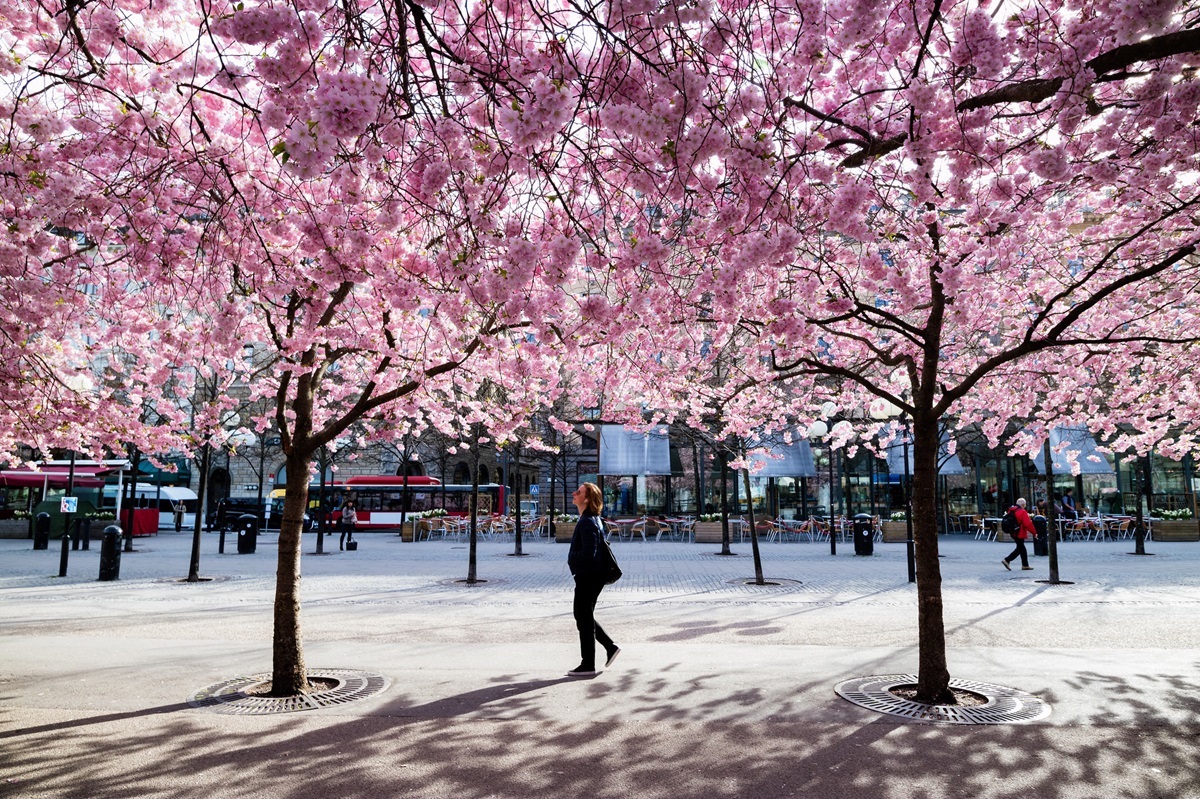 Article
Article
What’s happening this April in Stockholm? Eventland brings you the top events in Stockholm in April 2024. Concerts, festivals, parties, food fe…
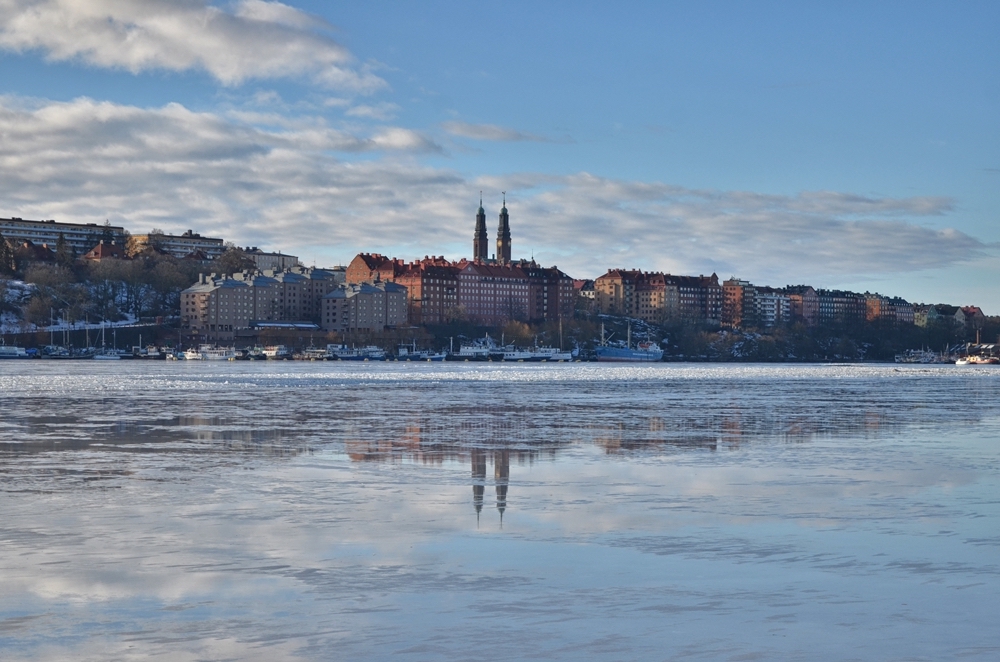 Article
Article
What’s happening this March in Stockholm? Eventland brings you the top events and things to do in Stockholm in March 2024. Concerts, festivals,…
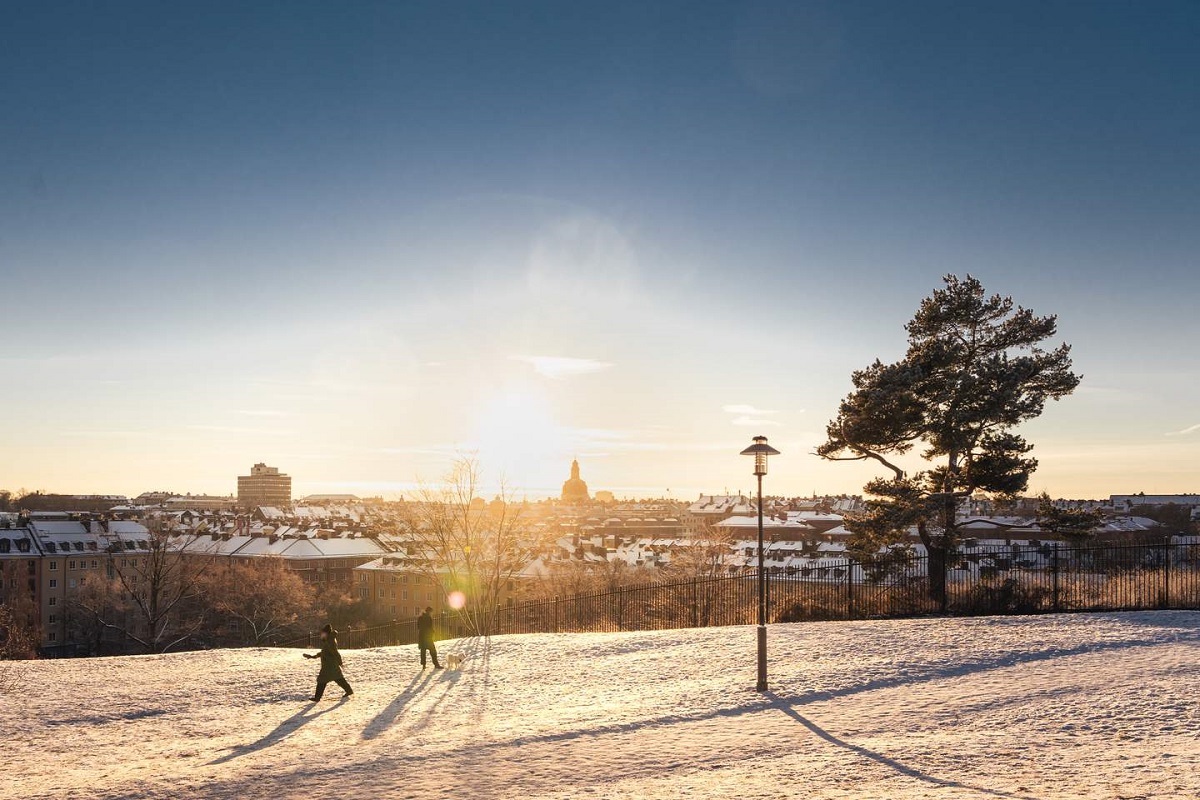 Article
Article
Top things to do in Stockholm in February. Find our tips for the best events, things to do in Stockholm. Concerts, festivals, parties, food fests, exh…
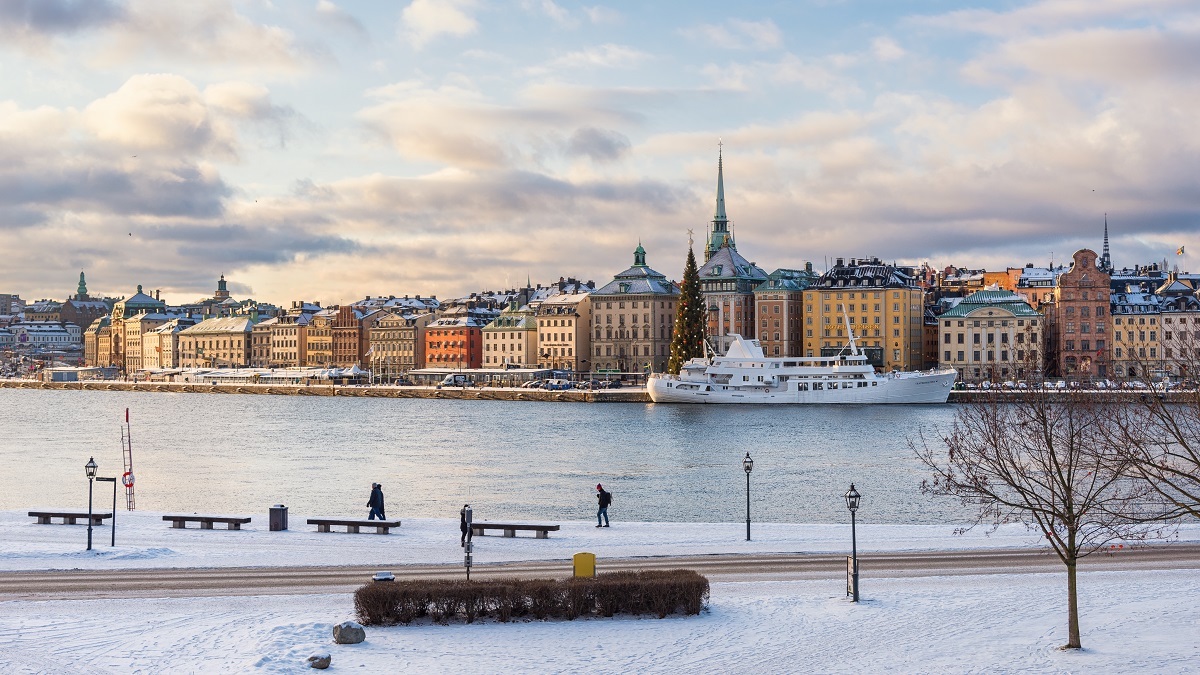 Article
Article
Top things to do in Stockholm in January.. Find our tips for the best Stockholm events. Concerts, festivals, parties, food fests, exhibitions and much…
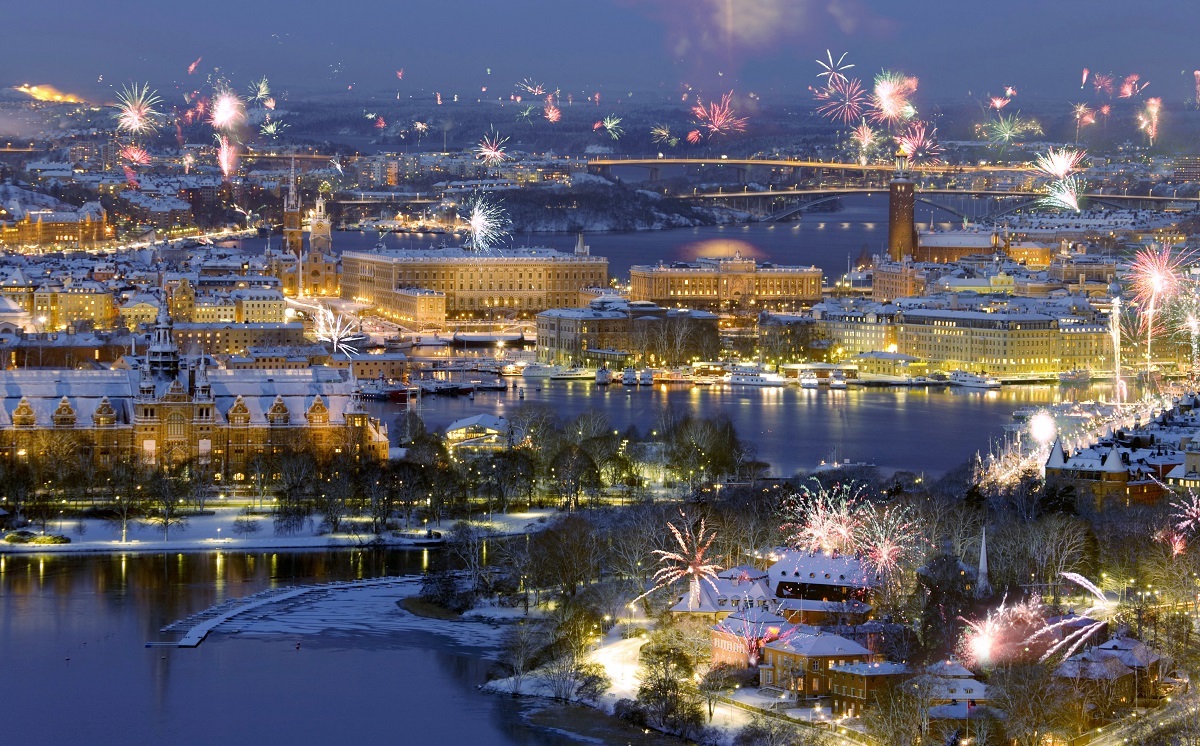 Article
Article
Looking for tips on where to go in Stockholm on New Year’s Eve? We bring you our top tips on the best events, things to do on New Year’s E…
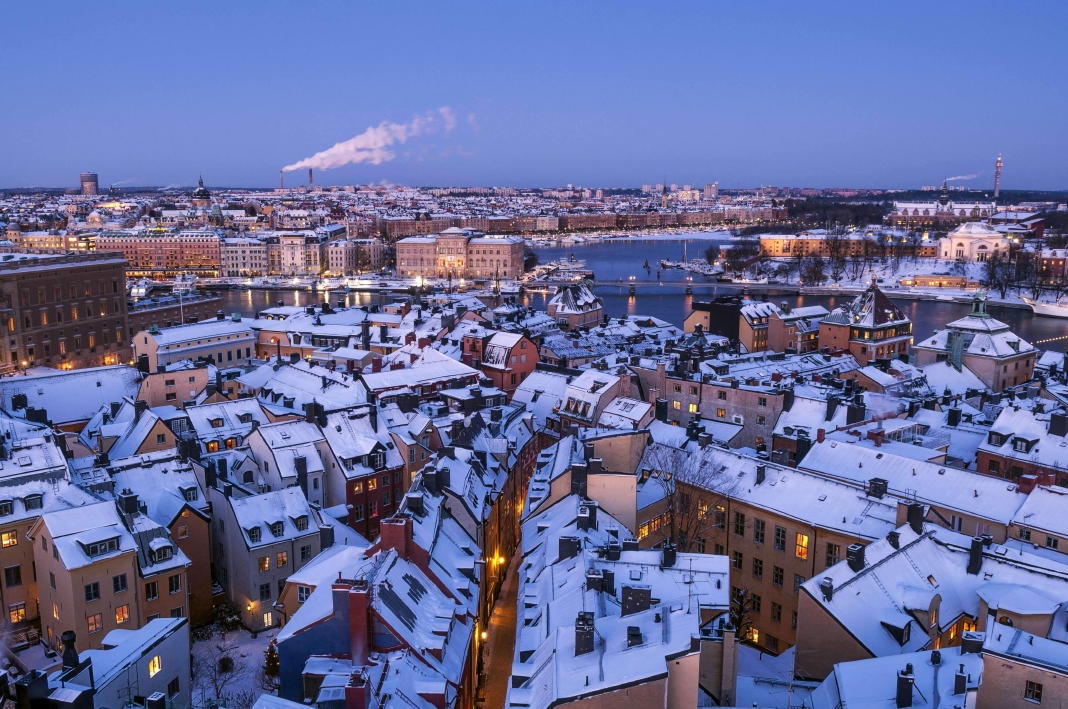 Article
Article
Top things to do in Stockholm this December. Find our tips on the best events in Stockholm. Concerts, festivals, parties, food fests, exhibitions and …